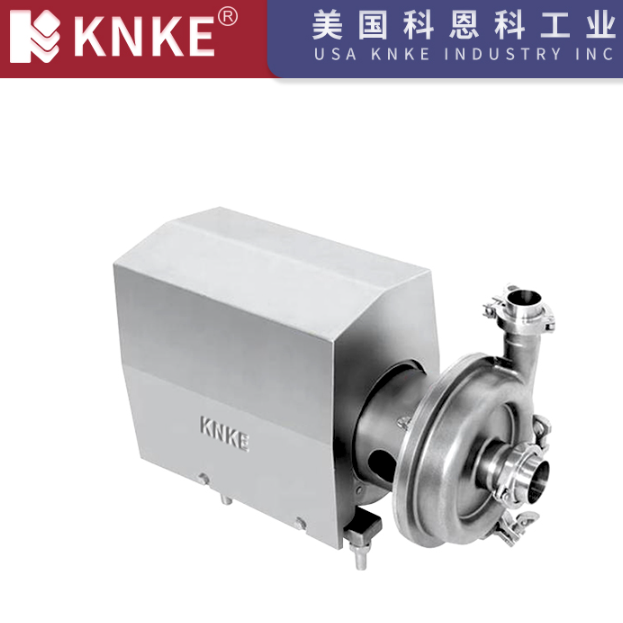Difference Between Self-Priming Pumps and Centrifugal Pumps
When choosing a pump for fluid transfer, selecting the right one is essential for efficiency. Among the most popular types are self-priming pumps and centrifugal pumps. Although both belong to the centrifugal pump category, self-priming pumps are designed for better suction. This article explains the key differences between self-priming and centrifugal pumps to help you choose the best option for your needs.

1. Structure: Self-Priming Pumps Are Horizontal, Centrifugal Pumps Vary
The first key difference is the structure. Self-priming pumps are always horizontal centrifugal pumps. In contrast, centrifugal pumps can be either horizontal or vertical. There is no such thing as a vertical self-priming pump. Therefore, while all self-priming pumps are centrifugal pumps, not all centrifugal pumps are self-priming. The horizontal design of self-priming pumps makes them ideal for applications where higher suction lifts are required.
2. Self-Priming Pumps Achieve Higher Suction Lifts
Self-priming pumps have an advantage in suction capability. They can automatically remove air from the pump and suction line, allowing the pump to begin working without external help. With the addition of a jetting device, self-priming pumps can reach suction heights of over 10 meters. In contrast, standard centrifugal pumps, even with a foot valve, generally achieve a suction lift of 5-6 meters. This makes self-priming pumps ideal for deep well pumping or water treatment applications.
3. All Self-Priming Pumps Are Centrifugal, But Not All Centrifugal Pumps Are Self-Priming
It is essential to note that all self-priming pumps are centrifugal pumps, but not all centrifugal pumps are self-priming. Regular centrifugal pumps need external devices, such as foot valves, to maintain liquid inside the pump. They require manual priming or other mechanisms to prevent dry running. Self-priming pumps, however, automatically clear the air and start pumping fluid without manual intervention.
4. Self-Priming Pumps Are Easier to Prime
Self-priming pumps are easier to prime. Their design allows them to automatically expel air and begin pumping fluid. This feature makes them ideal for applications where the pump frequently starts and stops. With a centrifugal pump, manual priming is necessary each time, which can be time-consuming and challenging, especially when the pump is turned on and off often.
5. Applications: Self-Priming vs Centrifugal Pumps
Self-priming pumps are perfect for situations where high suction lift is necessary. These pumps are commonly used in deep well pumping, agricultural irrigation, firefighting, and industrial water transfer. On the other hand, centrifugal pumps are suitable for applications with lower suction requirements. They work best in systems where the suction head is shallow, and the pump remains primed during operation.
In summary, self-priming pumps and centrifugal pumps differ in their design, suction capabilities, and ideal applications. Self-priming pumps offer higher suction lift, are easier to prime, and excel in deep-water applications. Centrifugal pumps, however, are better for systems with lower suction needs and where manual priming is possible. By understanding these differences, you can select the best pump for your specific requirements, ensuring optimal performance and efficiency.
